When should you cut back fuchsias? It all depends on the type, according to our garden experts
Wondering when is the best time to give your fuchsias the big chop? Here's what experts recommend
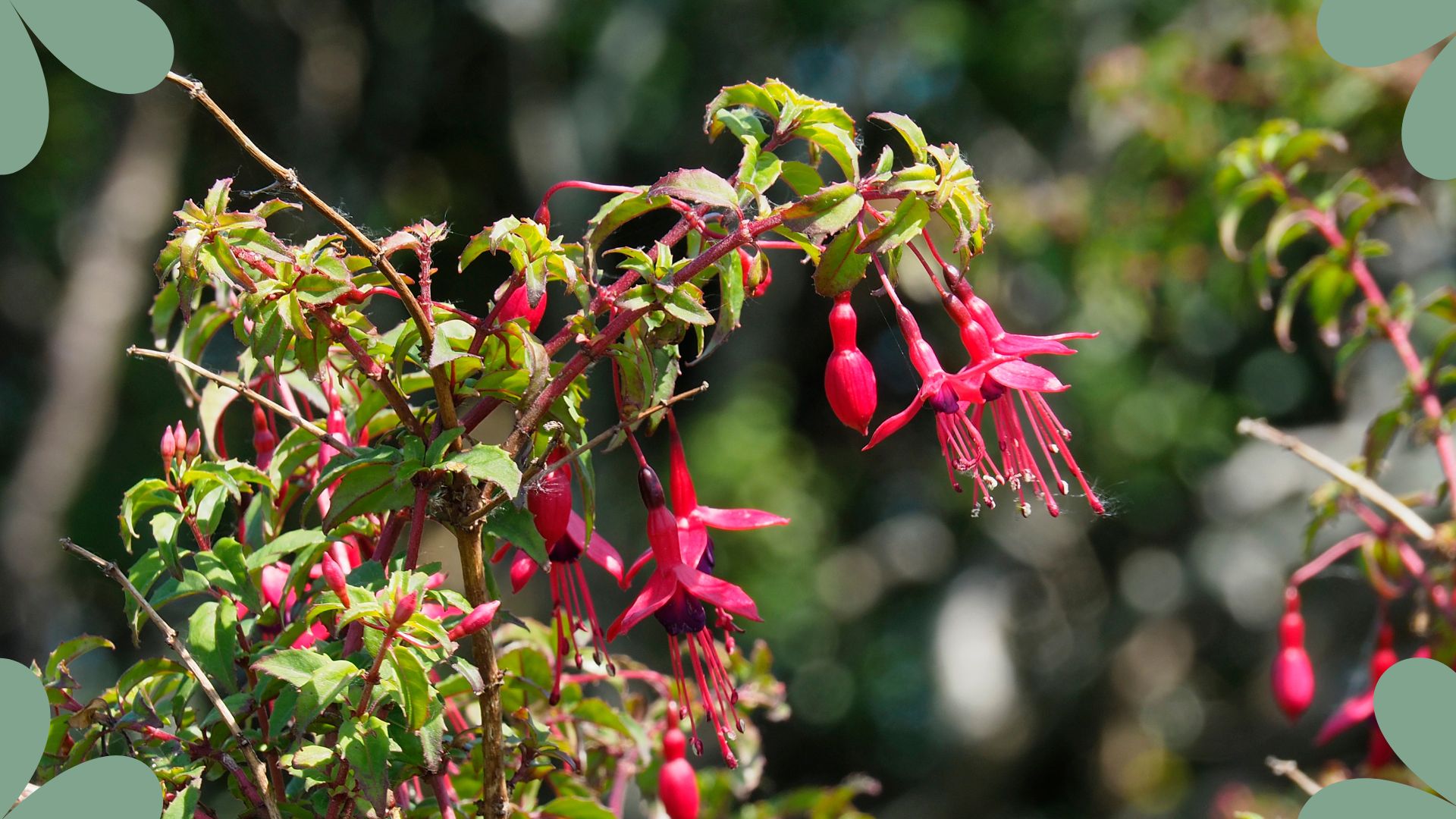

With the weather changing, there's much to be getting done in the garden to prepare for the winter frosts and heavy rain. Should cutting back fuchsias be on that list of jobs? We asked the experts.
It's imperative to sort the garden before the worst of the winter weather arrives; not only does it help keep your space tidy, but it also gives your plants a fighting chance to return next year. Along with protecting your garden from frost, you'll also need to cut back a few of your plants so they can regrow once the warm weather returns.
But do fuchsias belong on that list? We spoke to gardening experts about when the very best time is to cut the vibrant bushes back, and here's what they said.
When should you cut back fuchsias?
To avoid making any winter gardening mistakes, it's important to decipher what type of fuchsia you have – whether that's a hardy or tender type.
"Fuchsias fall into two main types: hardy fuchsias, which have been specifically bred to survive in cold temperatures and frost and tender fuchsias (sometimes called half-hardy fuchsias) that will not survive in cold temperatures, with plants being killed by frost, explains Lucie Bradley, gardening expert at Easy Garden Irrigation.
"Especially if they are growing in containers where they have limited soil to insulate their roots from the cold. So the type of fuchsias you have affects when they should be cut back."
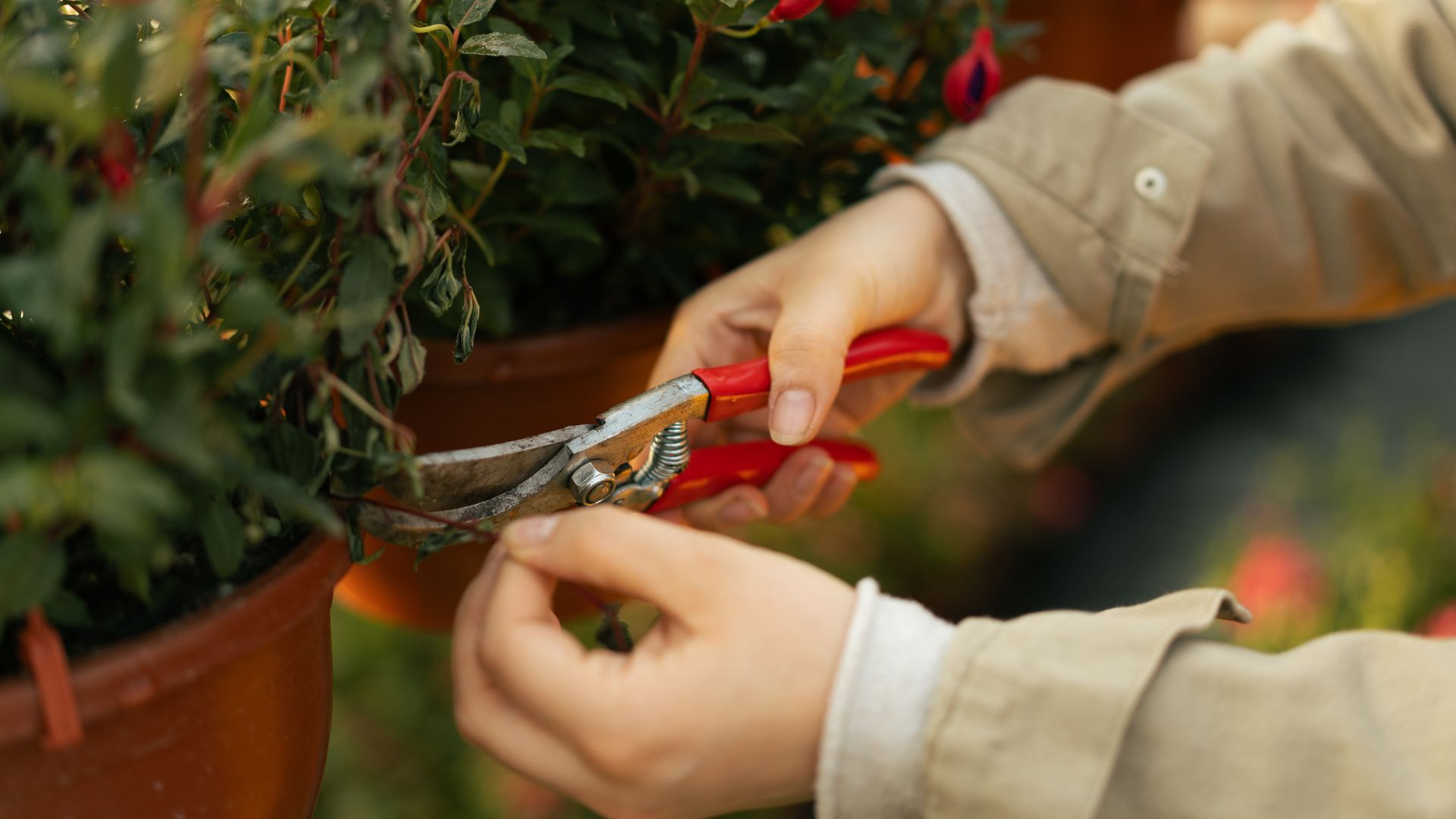

With over 28 years working in the garden industry, Lucie has been fortunate enough to spend every day speaking to both amateur and professional gardeners. Encouraged to garden since she was old enough to walk, she believes that you can never know everything about gardening, as it is constantly evolving.
Tender fuchsias are one of the plants that you'll need to bring indoors during autumn and can be overwintered as long as they're cut back in the autumn before the first frosts.
Sign up to our free daily email for the latest royal and entertainment news, interesting opinion, expert advice on styling and beauty trends, and no-nonsense guides to the health and wellness questions you want answered.
"This not only makes them easier to handle and means they take up less space, more importantly, it encourages them to enter a period of dormancy, so they can conserve their energy over winter rather than producing new growth, which would be vulnerable in the colder temperatures of the winter months," adds Lucie.
Hardy fuchsias, on the other hand, don't need to be brought inside to be overwintered. And needn't be cut back until springtime in March or April, this is because the old growth can help protect the rest of the plant.
"Hardy fuchsias, like ‘Mrs Popple’ or ‘Hawkshead’, will be quite happy to remain outdoors where they can survive the fall in temperatures and frost. Although they may die back above ground, their roots will remain viable, insulated by their surrounding soil, and once the chance of frost has passed by mid to late April of the following year, new shoots will sprout and appear above ground," continues Lucie.
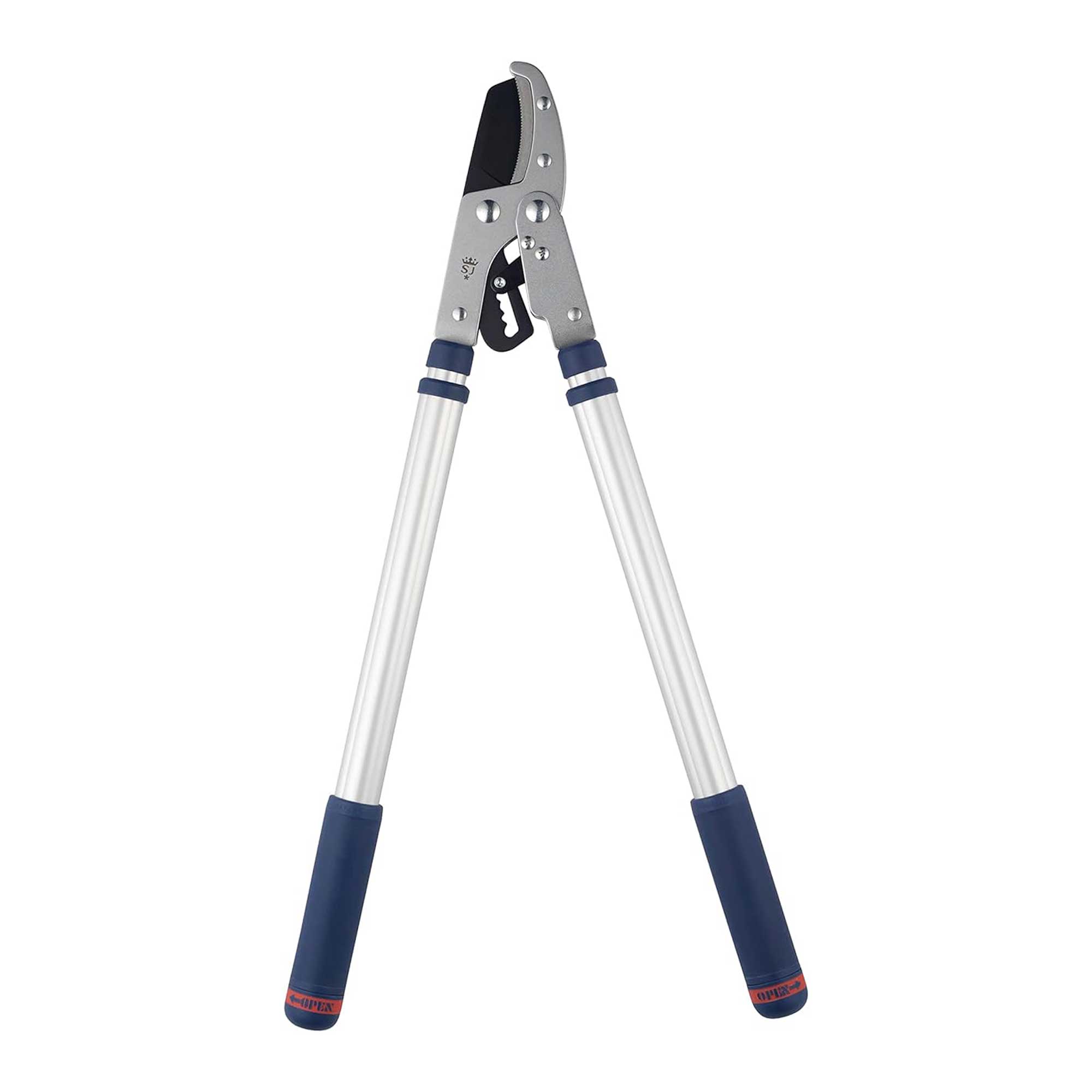
RRP: £30.27 | Ideal for cutting tougher stems, these loppers have durable, rust-resistant, carbon steel blades and an extendable mechanism. They're a particularly useful tool for bushier, thicker fuchsias.

RRP: £9.95 | These gardening gloves have been awarded ‘Amazon’s Choice’, and it’s easy to see why – they’re breathable, comfortable, and stylish.
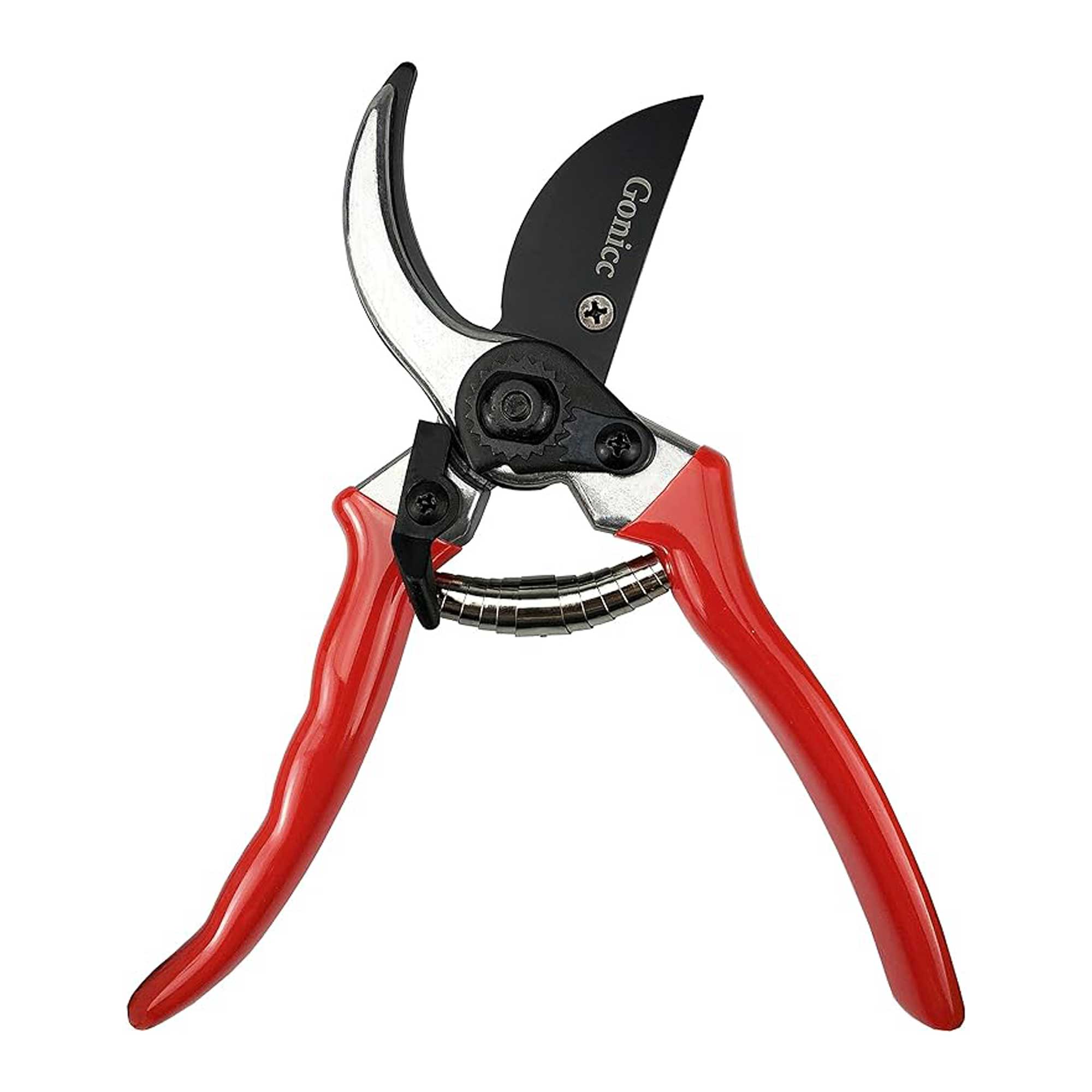
RRP: £9.95 | These popular secateurs feature a carbon steel blade and lightweight, non-slip handles, making precision pruning and deadheading easy.
What happens if you don't prune fuchsias?
Knowing how to deadhead your plants properly and getting the timing right when cutting back has multiple benefits for your garden. For fuchsias, it's not that damaging if you don't prune, but there are some downsides.
"If you do not prune a fuchsia, it will continue to flower, but the display will not be as impressive as that of a pruned plant, as pruning encourages the growth of more stems," starts Richard Barker, horticulture expert and Commercial Director at LBS Horticulture.
Not pruning the plant can also increase the risk of disease, as some parts of the plant will not receive sufficient light, good air circulation or begin to accumulate dead plant material.
FAQs
What month do you prune fuchsias?
"The best month to prune hardy fuchsias is either March or April, as this is often when the plant begins to show signs of new growth. However, in colder areas, it may be beneficial to wait until the risk of frosts has passed completely," explains Richard. So be sure to note down fuchsia pruning when completing your essential March gardening jobs.
How do I prepare my fuchsia for winter?
Along with preparing your garden for heavy rain and frosts, you'll want to individually prepare each of your plants for the upcoming harsh weather.
"If your tender fuchsias are in pots or hanging baskets, then these can be brought undercover in late autumn relatively easily, moving them into an unheated greenhouse, potting shed, garage or conservatory," starts Lucie.
When fuchsias are growing in flower beds or borders, these will need to be dug up using a fork so as not to damage the roots and potted up using a good quality, well-draining potting compost (adding extra grit is necessary) as fuchsia roots are prone to rot if kept in soggy soil."
"Once potted up, you should then prune, being careful to ensure you remove any damaged or diseased stems and cutting back the healthy ones to about half their length, leaving around 8cm or more of stem above soil level. Cuts should be made above a leaf node, ready for new growth in the spring. Remove any remaining leaves from the stems - this not only prevents pests but also reinforces to the plant that it should be entering a dormant state," she adds.
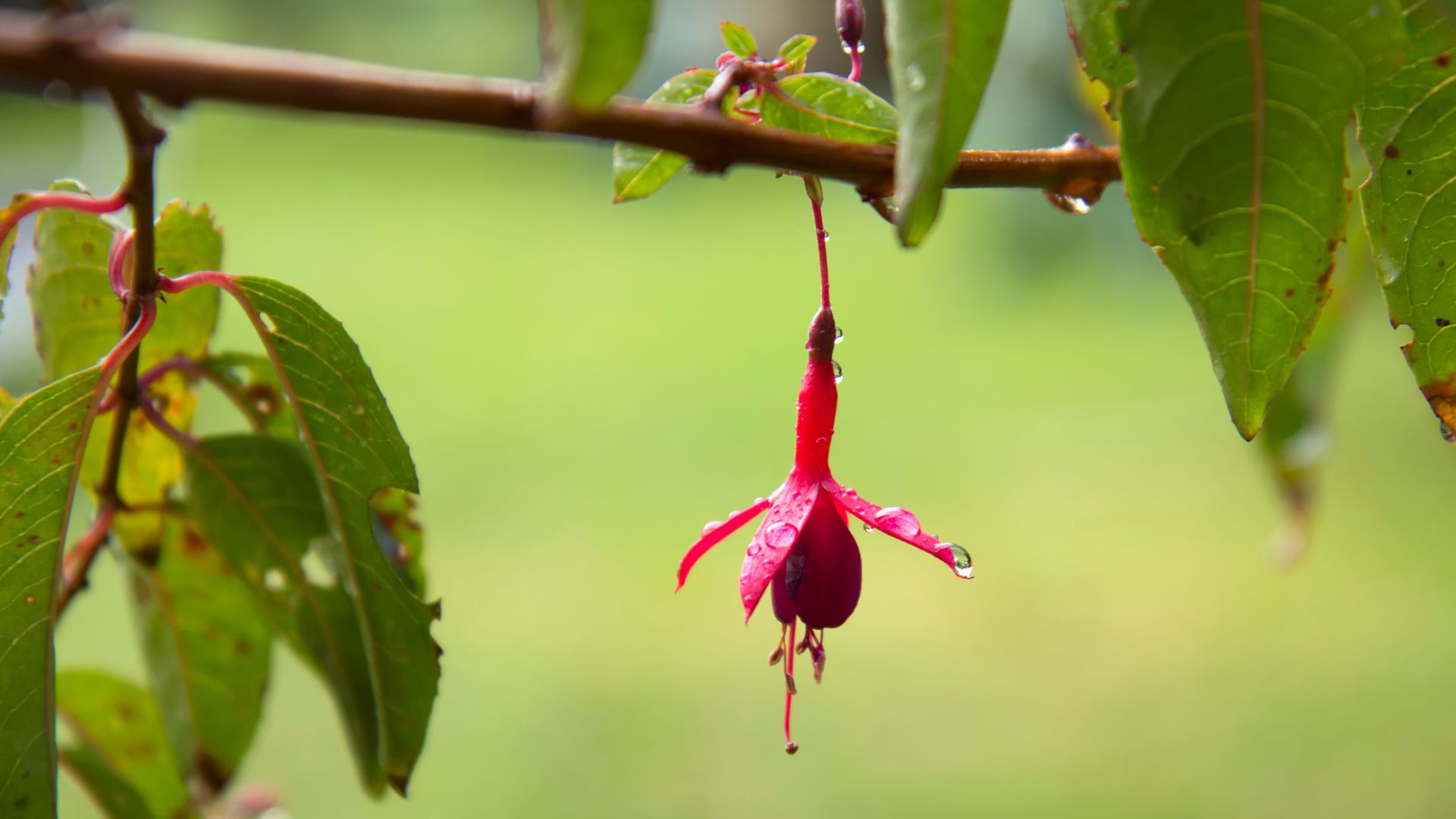
It's also important that you find a spot for potted fuchsias that will stay around 5 to 10 degrees Celsius, so they don't catch too much frost. But don't worry about it being somewhere with sunlight, fuchsias don't need much light when in their winter dormancy.
You may want to adjust your garden plant watering routine, though, as these plants are prone to root rot and will only need to be watered sparingly over winter.
What are common fuchsia pruning mistakes?
Avoid making any gardening mistakes this autumn and winter when pruning your fuchsia.
"It is possible to be too enthusiastic with your pruning when you prepare to overwinter your fuchsia plants. If you cut back the majority or even all the stems to the base, then this will be too stressful for the plant, making it susceptible to weather damage, pests and disease," points out Lucie.
"If you are not ruthless enough when pruning and don’t remove any dead or diseased stems, then this will weaken the plant as it wastes energy on trying to revive the dead stems, whilst disease can spread onto healthy parts of the plant," she adds.
Richard also warns against cutting off future flowers; he says the plant flowers on new growth that's produced in the current season. So cutting this back can remove potential flower buds and negatively impact the following year's display.
If you want to get more from your fuchsias, we'd recommend learning how to take cuttings. That way, you can have repeat success with seedling growth and dot the colourful plants around your garden with no added cost.

Emily joined woman&home as a staff writer after finishing her MA in Magazine Journalism from City University in 2023. After writing various health and news content, she now specialises in lifestyle, covering unique cleaning hacks, gardening how-tos, and everything to help your houseplants thrive.
You must confirm your public display name before commenting
Please logout and then login again, you will then be prompted to enter your display name.